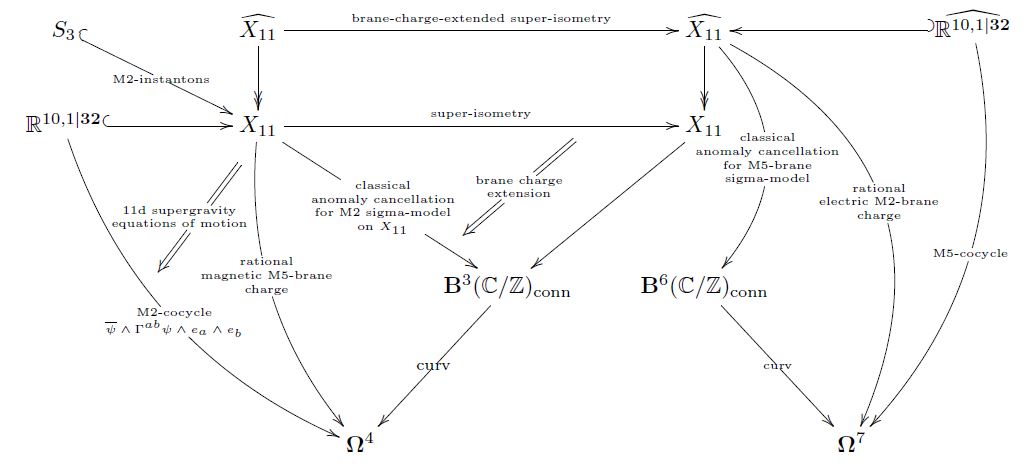I am trying to study theoretically (Mathematically) the Effects of Flow Rate and Temperature on Thermoelectric Power Generation. I have experimental data but now I want to do mathematical analysis to compare it.
1. How can I find temperature difference for different flow rates? Is there any mathematical expression for this?
2. For different temperature I want to calculate the electricity produced.
Can someone please point me in the right direction?








